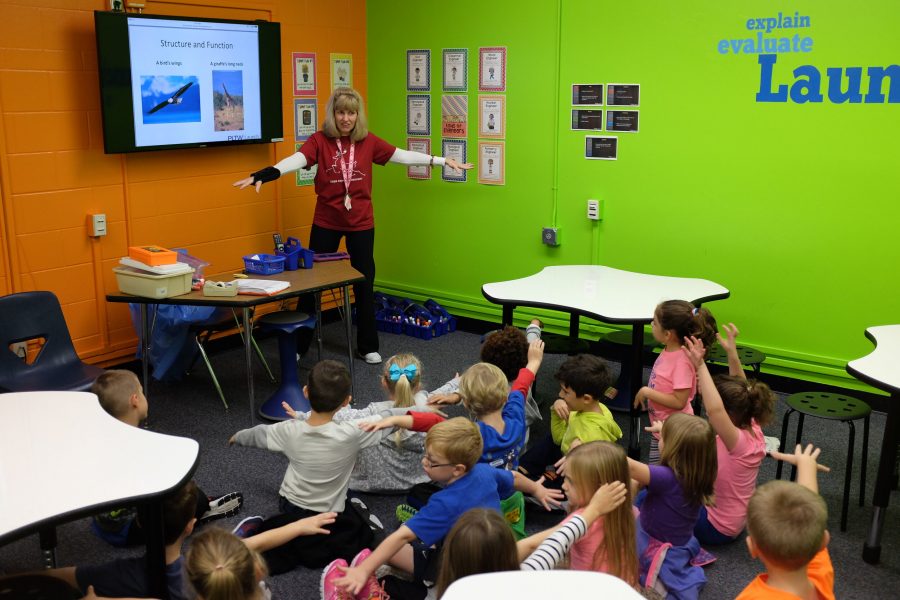Delaying schooling will negatively impact young children
October 1, 2020
“If there is a group for which you would be particularly concerned, it is these very young students who are not having these foundational experiences,” Nate Schwartz, a professor at the Annenberg Institute for School Reform at Brown University, said to ABC News.
In New York City, enrolling in pre-K is not mandatory, but children who are five years old are required to attend kindergarten. Many other U.S. states do not require kindergarten, which gives the parents the option to skip the school year for their kids.
However, during the formative years of pre-K and kindergarten, young students learn how to make friends, develop motor skills and have fun.
“Those early grade-levels are critical times in the life of a student,” Cindy Marten, the San Diego Unified School District Superintendent, told TIME magazine in a statement. “They set a child up for success in later grades, not just academically, but socially and emotionally as well.”
Remote learning is not the same experience as in-person learning, and viral TikTok videos of teachers navigating their class online show how difficult it can be.
But at least with online learning, children will be able to learn new information, engage with the teachers and classmates and stay occupied throughout the year.
Delaying schooling will also significantly affect students of low-income families and students whose first language is not English, as they depend more on those early years of education.
“That delay could be really costly for them because it could mean a lifetime of trying to catch up on developing those skills,” Chole Gibbs, an assistant economics professor at the University of Notre Dame, told TIME magazine. “We worry that just further disadvantages the kids who would most benefit from having these early learning investments in school.”
On Sept. 21, New York City started in-person learning for 3K, pre-K and all District 75 students.
This decision brought “up to 90,000 of the city’s youngest students and children with advanced disabilities back into about 700 school buildings,” The New York Times reported.
Families in New York City also have the option of choosing to have their child attend school fully remotely at any time.
With more than 7 million COVID-19 cases in the U.S., parents have to decide whether they want to take the risk and send their children back to schools for in-person learning.
Parents who do not want to take this risk are left with remote learning, which comes with its own set of obstacles, especially for parents who are working and cannot stay home with their child.
New York City Mayor Bill de Blasio announced that the city would provide childcare to 100,000 students on July 16.
“We’re going to use every conceivable space, community centers, libraries, cultural organizations, whatever we can find in communities,” De Blasio said. “And the goal will be to start by serving 100,000 kids and giving those families, those parents that balance in their life, that relief, that support, but then we aim to go farther.”
An option for many parents can be to find a relative, friend or a trustworthy babysitter that they feel comfortable and safe with having in their home. This additional help could alleviate the stress during the day since these children do need assistance when navigating remote learning. However, the financial burden of a babysitter could not be a viable option for low-income families.
Ultimately, finding the right plan to navigate the school year during the pandemic is reliant on a child’s family situation.








